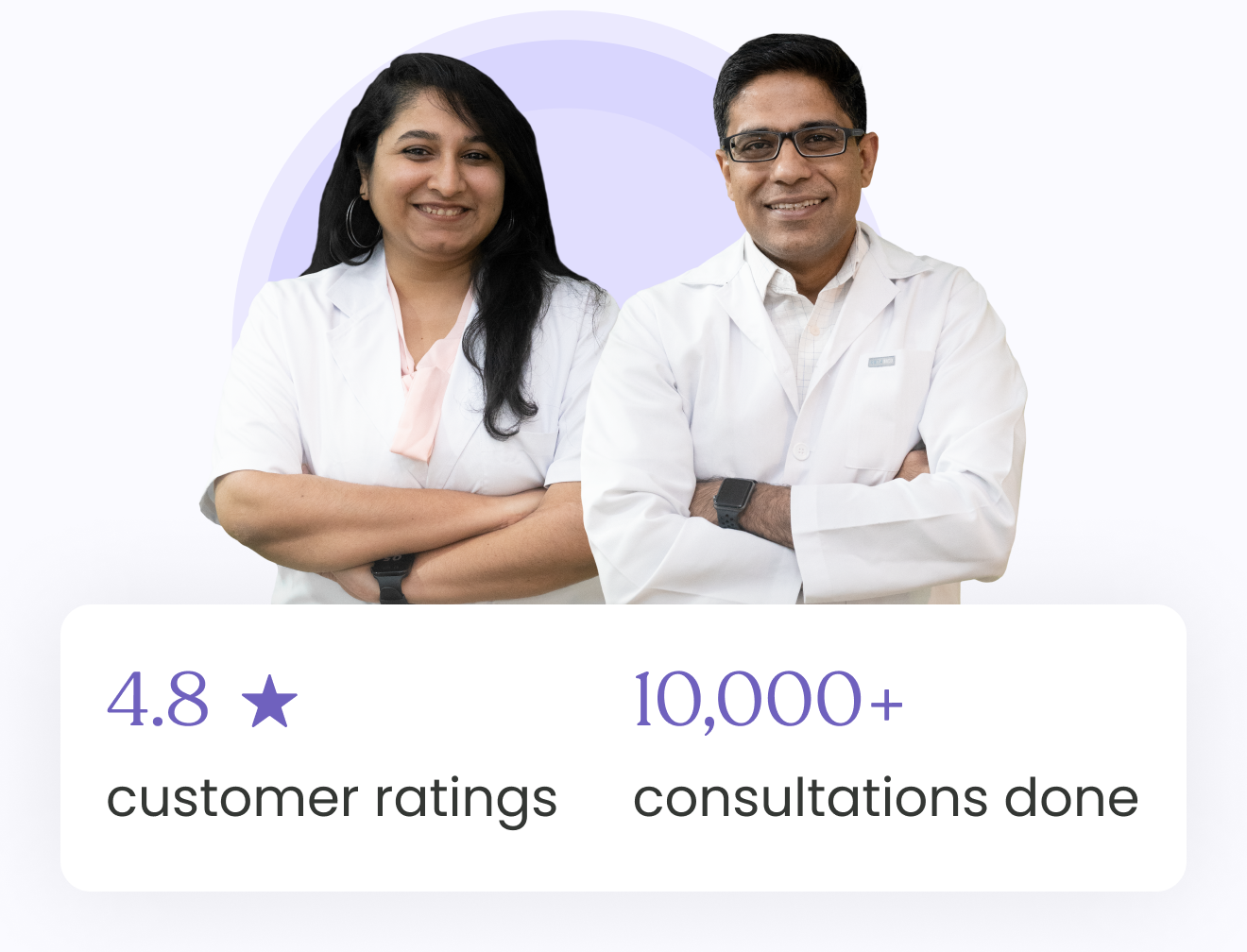Painful Bumps From Chlamydia

Chlamydia, a common sexually transmitted infection (STI), typically doesn’t cause painful bumps. However, it’s crucial to understand that symptoms can vary among individuals. Painful bumps could be a sign of a different STI or a separate condition altogether. It’s essential to get tested and consult with a healthcare professional for a proper diagnosis and treatment.
While chlamydia primarily manifests with symptoms such as abnormal discharge and discomfort during urination, it’s not uncommon for individuals to experience no symptoms at all. However, other STIs like genital herpes can cause painful sores or bumps in the genital area.

If you’re experiencing painful bumps, it’s essential to get tested for a comprehensive evaluation of your sexual health. Remember, STIs can have serious consequences if left untreated, so seeking medical advice promptly is crucial.
In addition to seeking medical attention, practising safe sex, including using condoms, can help prevent the transmission of STIs. Open communication with your partner(s) about sexual health and testing is also vital for preventing the spread of infections.
Remember, seeking healthcare services for STI testing and treatment is confidential, and healthcare providers are there to support you without judgement. Take control of your sexual health by getting tested regularly and seeking medical advice if you have any concerns or symptoms.
Chlamydia typically doesn’t cause painful bumps, but it’s essential to get tested for a proper diagnosis if you’re experiencing them. Seek medical advice promptly for an accurate evaluation of your sexual health.



